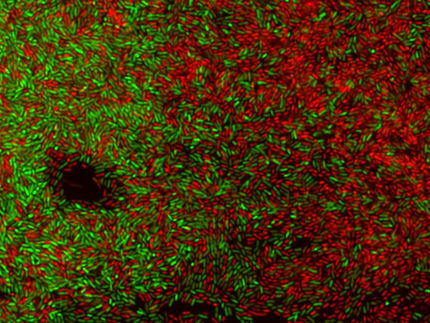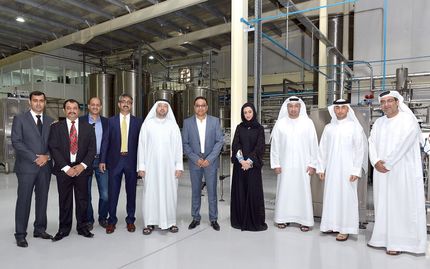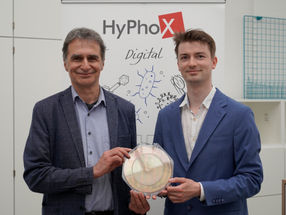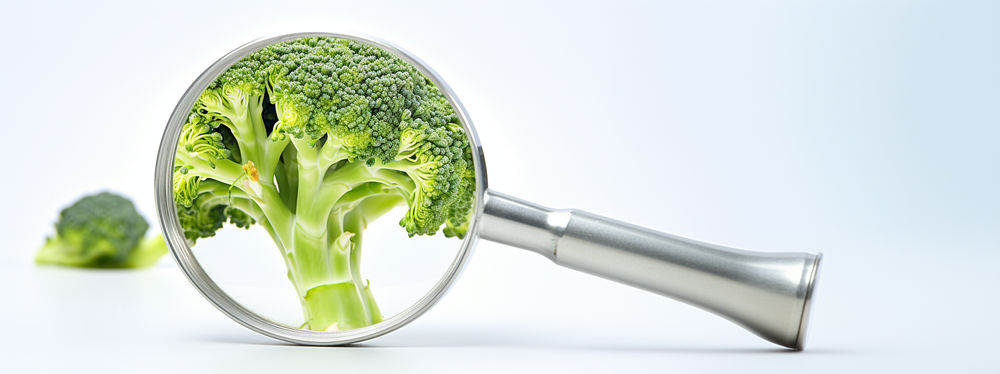How population growth will shape the future of the food industry
Advertisement
From climate change to geopolitical upheavals, this century will confront the global food industry and the food of the future with many challenges. But one megatrend in particular will have a major impact on supply chains and production processes: the growth of the world's population. The question inevitably arises as to how industrial food production will meet the nutritional needs of a projected world population of more than nine billion in 2050. What will the global food situation look like? Will food safety be guaranteed at all times? In this context, automated technologies play a key role.

How population growth will shape the future of the food industry
Sesotec GmbH
The United Nations (UN) estimates that 9.7 billion people will inhabit this planet in 30 years. This rapid population growth will change many aspects of our lives on this planet: In particular, the way we live, work and eat.
The United Nations Food and Agriculture Organization predicts that global food production must increase by at least 70 percent. Otherwise, adequate nutrition of the world population would not be guaranteed in 2050. Another major challenge is how to reconcile the shrinking availability of resources with the rising expectations of consumers.
The fact is that if food is to remain safe, healthy, affordable and abundant in the future, industrial food production must rely on innovative solutions.
Food production and population growth: past, present and future
In line with the growth of the world population and increasing prosperity, the opportunities for industrial food production have grown steadily over the last century. Household incomes as well as living standards have risen and food producers have always been able to meet the growing demand for high-quality food through technical innovation.
Technological advances in food production have made it possible to produce a greater quantity of safe and nutritious food. This is remarkable in that the land available for agricultural and industrial development has declined.
Today's diversity of food is unprecedented in the history of mankind. This is particularly true for industrialised nations: In Germany, for example, the average customer can choose between more than 170,000 different foods every day (BVE, "Germany - Partner of the World 2018", p. 28).
However, with the demographic and environmental changes that are looming, industrial food production will have great difficulty in maintaining the current high standards of quality and availability until 2050. In addition, global population development is putting considerable strain on the natural resources that are essential for well-functioning food production. It is therefore necessary to continuously develop existing technological solutions in order to meet future challenges and to be able to guarantee food supply in the future through a functioning food supply.
Increase food production despite limited resources
In various areas of industrial food production, process automation is already contributing to major improvements in efficiency and sustainability. Agriculture, processing, packaging: Intelligent systems already process huge amounts of data in real time to make better use of available resources and achieve optimal results.
At the same time, the increase in production volume requires stricter controls on food safety and product quality. One of the solutions is automated inspection technologies, as they enable the production volume to be increased without compromising food safety and quality. Whether metal detectors, optical sensors or X-rays: Innovative inspection systems can be programmed with product information and specific processing conditions to work with high precision.
By installing these sophisticated and automated inspection devices at important and critical points in the production process, contamination and defects can be reliably identified and removed. Early detection of contamination also reduces food losses caused by product recalls and cross-contamination.
The growth of the world population and greater commitment to food safety
Global trade will increase as the world's population grows, according to the forecast. However, this also means that contaminated food entering the market can have far-reaching consequences for public health. Moreover, confidence in the companies that have placed contaminated food on the market could fall significantly.
Food producers therefore need to check their upstream and downstream partners for their integrity in terms of compliance with food safety standards.
Modern inspection technologies play a key role here. They help manufacturers and international control authorities to trace contamination directly back to its source. In this sense, they contribute to more transparency in the food industry and fulfil the duty to inform the public.
Consumer culture in a world with 9.7 billion people
Technological advances like this one are needed to feed the world population in 2050. However, not only the quantitative supply must be guaranteed, the individual expectations of consumers must also be met. In 2050, the world's population will not only be more multicultural than ever, but will also be heavily involved in the important issues of health, ethics and sustainability.
Migration and demographic change lead to the growth of urban areas and greater diversity. The emerging multiculturalism in many cities around the world is creating new challenges, but also new markets for the food of the future. In order to meet the needs of a growing population with diverse nutritional preferences, the food industry must adapt its production processes. The product portfolio needs to be expanded, for example to meet different tastes and religious standards, even in formerly homogeneous markets.
In addition, life in a world of 9.7 billion people will inevitably lead to changed patterns of thought: People will be more critical of resources, health and consumption. A change in consumer attitudes is already visible: surveys by the European Food Safety Authority (efsa) show that the majority of Europeans (55 percent) have a strong awareness of issues such as health, the environment and food safety. As a result, two thirds of them have even changed their consumer behaviour.
Conclusion
The growth of the world's population will bring changes: for global supply chains, the international economy and the global food culture. On the one hand, increasing food production is necessary to prevent food shortages. On the other hand, the food industry must be able to meet the demands of a dynamic consumer culture at all times, without losing sight of the welfare of public health and the environment. This requires innovative technologies and controls in all sectors of industrial food production. For the food of the future, any progress is crucial.
Note: This article has been translated using a computer system without human intervention. LUMITOS offers these automatic translations to present a wider range of current news. Since this article has been translated with automatic translation, it is possible that it contains errors in vocabulary, syntax or grammar. The original article in German can be found here.
































































